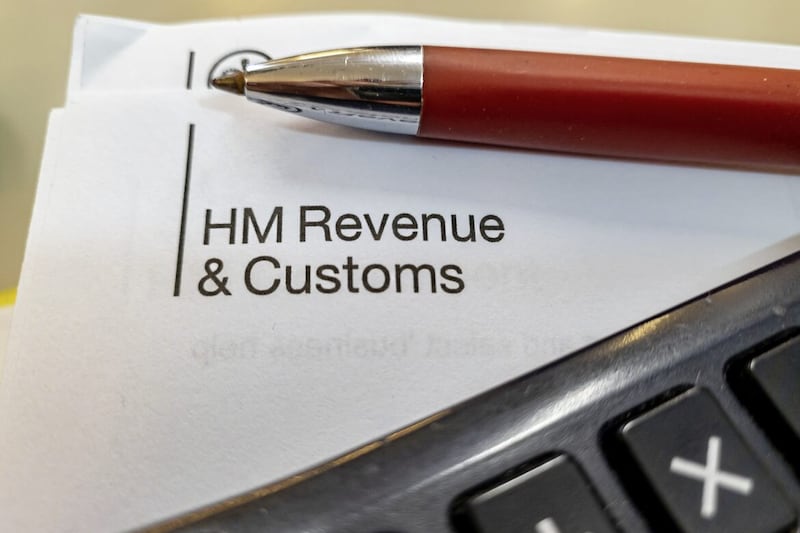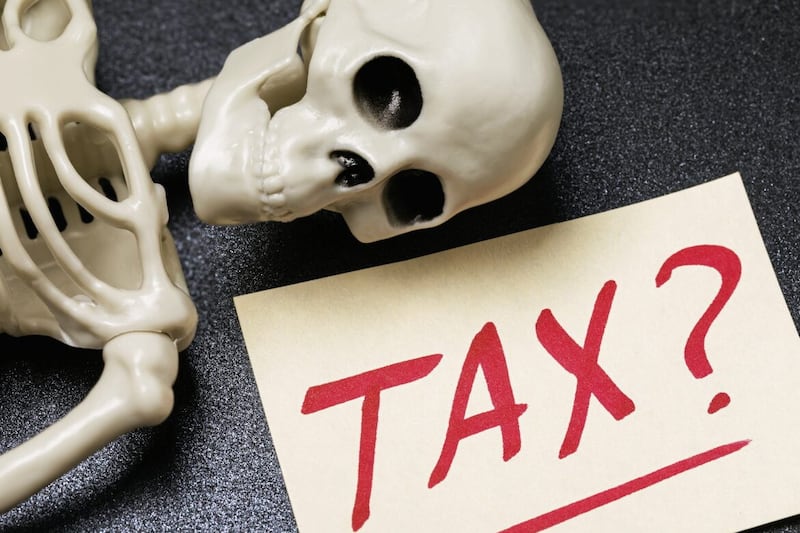QUESTION : I have built up some spare cash and was thinking of investing it in residential property buy-to-lets. What are the tax implications if I do this?
ANSWER: Income tax is payable on the rents received after deducting allowable expenses. Currently allowable expenses include mortgage interest, repairs, agent’s letting fees and an allowance for furnishings. Changes were announced in the summer budget which impact on the allowable expenses for landlords.
Rules have been introduced which restrict the amount of income tax relief landlords can get on residential property finance costs to the basic rate of income tax. Finance costs include mortgage interest, interest on loans to buy furnishings and fees incurred when taking out or repaying mortgages or loans. No relief is available for capital repayments of a mortgage or loan.
Landlords will no longer be able to deduct all of their finance costs from their property income. They will instead receive a basic rate reduction from their income tax liability for their finance costs. To give landlords time to adjust, the change is being introduced gradually from April 2017, over four years.
The restriction in the relief is being phased in as follows:
• In 2017/18, the deduction from property income will be restricted to 75 per cent of finance costs, with the remaining 25 per cent being available as a basic rate tax reduction
• In 2018/19, 50 per cent finance costs deduction and 50 per cent given as a basic rate tax reduction
• In 2019/20, 25 per cent finance costs deduction and 75 per cent given as a basic rate tax reduction
• From 2020/21, all financing costs incurred by a landlord will be given as a basic rate tax reduction.
This restriction will not apply to landlords of furnished holiday lettings.
A relief for the replacement of furnishings enables all landlords of residential dwelling houses to deduct the costs they actually incur on replacing furnishings, appliances and kitchenware in the property. This measure gives relief for the cost of replacing furnishings to a wide range of property businesses.
Examples of eligible capital expenditure are furniture, furnishings, appliances (including white goods) and kitchenware, but would exclude items which are fixtures.
However the relief is limited to the cost of an equivalent item if there is an improvement on the old item.
Capital gains tax (CGT) will be payable on the eventual sale of the property. The tax will be charged on the disposal proceeds less the original cost of the property, certain legal costs and any capital improvements made to the property. This gain may be further reduced by any annual exemption available.
CGT is generally charged at 10 per cent, within the basic rate and 20 per cent for higher rates. However 18 per cent and 28 per cent rates apply to chargeable gains arising on the disposal of residential property that does not qualify for private residence relief.
CGT is payable on January 31 after the end of the tax year in which the gain is made. However, from April 2019, a payment on account of any CGT due on the disposal of residential property will be required to be made within 30 days of the completion of the disposal. This will not affect gains on properties which are not liable for CGT due to Private Residence Relief.
:: Paddy Harty (p.harty@pkffpm.com) is director at PKF-FPM Accountants (www.pkffpm.com). The advice in this column is specific to the facts surrounding the question posed. Neither the Irish News nor the contributors accept any liability for any direct or indirect loss arising from any reliance placed on replies.






